Nolan’s ‘Oppenheimer’: an artistic visual tapestry of the bomb’s science and power intricacies
By Lovely Umayam | August 17, 2023
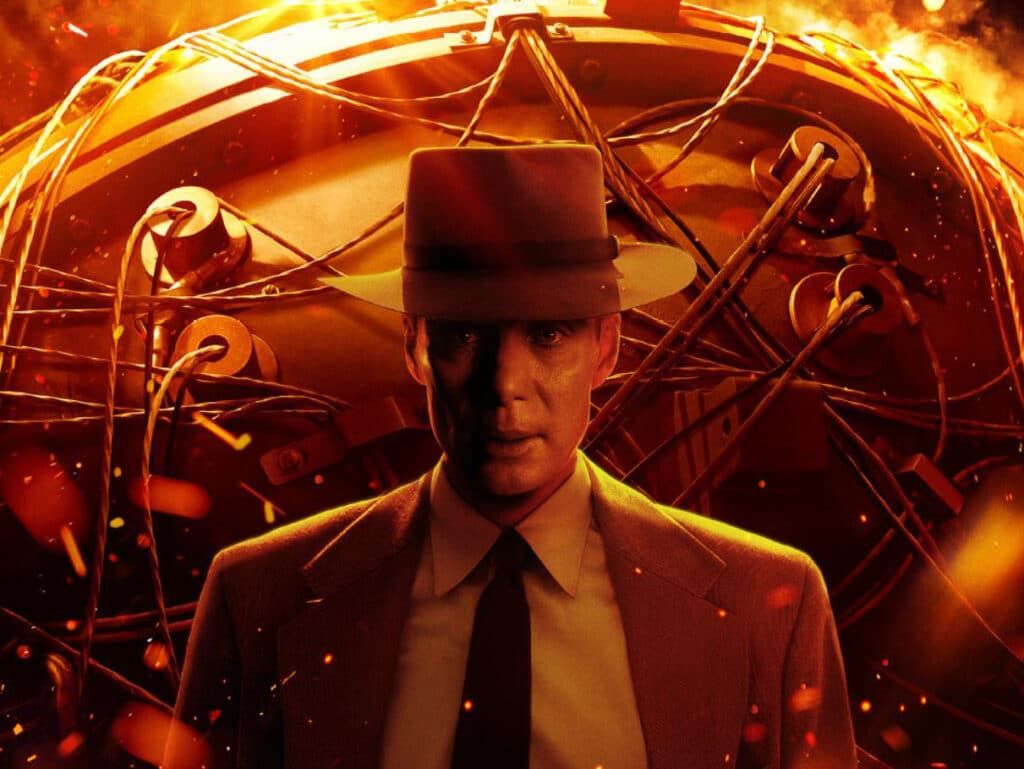 Christopher Nolan's 'Oppenheimer' (Image Universal Pictures)
Christopher Nolan's 'Oppenheimer' (Image Universal Pictures)
As a long-time admirer of Christopher Nolan’s cinematic world-building, I already expected Oppenheimer to be an intricate tapestry of technical and historical details about the scientist’s brilliant life and eventual downfall. I was excited to spot all the ways Nolan stitched esoteric nuclear facts into his screenplay as a way to embed the story in reality—particularly those points about Los Alamos, New Mexico and the Manhattan Project that only few would know, except maybe nuclear scholars, affected communities, and those who have read American Prometheus, the Pulitzer Prize-winning biography about J. Robert Oppenheimer on which the film is based.
While Nolan achieved this synthesis throughout the three hours of his film, I am most in awe of the creative precision displayed in the first 15 minutes. Within that time frame, Nolan does something playful and magical with scale. In a series of hard cuts, he introduces Oppenheimer, up close, his face young and then old, increasingly burdened by the consequences of his life’s work. The audience also encounters the other main character of the story for the first time: atoms, in a state of uncontrolled chain reaction, a sweeping, slow-motion nuclear explosion. Moments later, we see atoms again, up close, bright, swirling, vibrating. The atom looks sublime on the big screen. This introduction elegantly captured the atom’s duality: profound and terrifying. As a nuclear nonproliferation researcher, I was moved by the way Oppenheimer portrays this paradox.
The opening scenes of Oppenheimer, particularly his time studying at the University of Göttingen, are a crucial part of the film. Without Oppenheimer’s intellectual growth in Germany, he would not have the knowledge and experience that would eventually lead him to oversee the Manhattan Project. The Göttingen montage is composed of deftly edited scenes of a young, inspired, and neurotic Oppenheimer, furiously imagining quantum objects—as waves, as particles, as specs of stardust—to discover a “hidden universe.” The images are perfectly paired with violins that amplify the sense of euphoria and mania, and the beauty and darkness inherent to the subject matter Oppenheimer has chosen to study. (The film’s composer, Ludwig Göransson, said in an interview that the music for the swirling atoms was the most challenging to record for the film.) While watching this, I couldn’t help but wonder: “Is this the first time atoms are visualized in this way in cinema?” These scenes, while abstract, show something closer to reality than the static and simplified atomic model printed on every science textbook: atoms in constant movement, which is a phenomenon beyond what human vision and language can apprehend.
During a conversation with Werner Heisenberg in 1922, Niels Bohr apparently said: “We must be clear that when it comes to atoms, language can be used only as in poetry.” It seems that Nolan agrees with this, offering his audience a visual and poetic depiction of the atomic world. (Nolan acknowledges Oppenheimer’s love for poetry by including a split-second shot of Oppenheimer’s copy of The Waste Land by T.S. Eliot. Kai Bird and Martin Sherwin’s American Prometheus also notes that Oppenheimer published poetry while at Harvard University.) To me, this is one of the most impactful moments of the film, thanks to Nolan’s creative direction to present atoms and quantum physics as a sensory and emotional experience.
Paradoxically, the audience must feel Oppenheimer’s love for his work to feel his horror and remorse after the Trinity test. Once the “gadget” successfully exploded on New Mexico, Oppenheimer had effectively weaponized the very thing he found so wondrous at Göttingen. Oppenheimer’s curiosity, ego, and moral blindness that came with the exigencies of war transformed him from a theoretical physicist eagerly exploring the underpinnings of the universe to a bomb-maker entangled in political machinations largely out of his control.
The movie covers Oppenheimer’s eventual dedication to arms control after the Hiroshima and Nagasaki nuclear attacks, with most of the narrative focusing on his fears of an arms race between the United States and Russia and his firm opposition to the hydrogen bomb project. The movie omits to mention Oppenheimer’s other efforts to control the atom, specifically by advocating for a transparent, international body that would govern nuclear research and prevent further development of nuclear weapons. This position, put forward in the Acheson-Lilienthal report and the subsequent modified version called the Baruch plan, immediately failed, as the Soviet and American sides fundamentally disagreed on the terms of the proposals. In the wake of these diplomatic failures, Oppenheimer’s disillusionment and dejection began to impact his passion for the sciences. According to American Prometheus, Oppenheimer, at a particularly low point, is quoted as saying that physics seemed irrelevant and that “the charm went out teaching [it] after the great change in the war.”
The omission of these historical details does not take away from the power of the film since Nolan portrays it through other artistic means. In the second half of the movie, there is no longer a sense of joy in the science; Oppenheimer stops imagining atoms and instead begins to see concentric circles of nuclear detonations over a world map, a visual motif that also alludes to the ripple effects of his creation. Also, the two primary storylines—“fission,” which depicts Oppenheimer’s life in color, and “fusion,” filmed in black-and-white and representing then-US Senator Lewis Strauss’ perspective as he reveals his role in Oppenheimer’s downfall—become ever-more interwoven. While some audiences may have found Nolan’s non-linear storytelling confusing and frustrating, it struck me as ingenious and essential. At this point, the film is no longer just about physics or war, but about humans and hubris. The predominant visuals are no longer atoms in different states of beauty and terror, but the drab procedures of politics.
By the final hour of the film, the audience endures not only the humiliation of Oppenheimer, but also the oppressive air of bureaucracy, with scene after scene of bureaucrats flicking through their binders, speaking on podiums, or huddled together, devising their next political move. I found a subtle message in this visual shift: the terrifying realization that the most destructive weapons in the world are ultimately left in the hands of fallible men—the jealous, the petty, and the power hungry.
Beyond giving the audience an abbreviated history lesson, Nolan also displays an intricate tapestry that connects science with technology, with war, with power. There are many threads that Oppenheimer leaves for contemplation, but this one lingers with me most: In the process of harnessing science to build a weapon that he had naively hoped would “end all wars,” Oppenheimer had taken part in unconscionable violence and destruction that haunt us to this day.
Oppenheimer’s vision for arms control is still upon us
‘Oppenheimer’ is terrific. But it’s just a movie
Thought-provoked by ‘Oppenheimer’
‘Oppenheimer’, the bomb, and arms control, then and now
‘Oppenheimer’ depicts a man becoming powerful—and irrelevant
Nuclear weapons since Oppenheimer: Who’s in control?
What ‘Oppenheimer’ can teach today’s scientists
Nolan’s ‘Oppenheimer’: an artistic visual tapestry of the bomb’s science and power intricacies
Widening the field of view on ‘Oppenheimer’
Together, we make the world safer.
The Bulletin elevates expert voices above the noise. But as an independent nonprofit organization, our operations depend on the support of readers like you. Help us continue to deliver quality journalism that holds leaders accountable. Your support of our work at any level is important. In return, we promise our coverage will be understandable, influential, vigilant, solution-oriented, and fair-minded. Together we can make a difference.
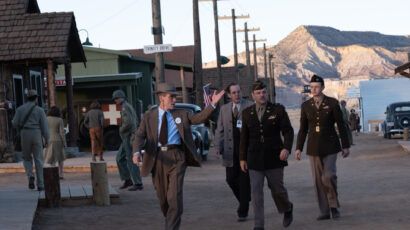

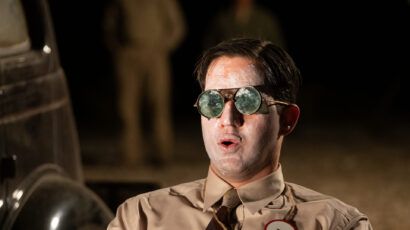
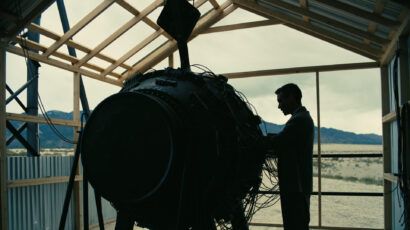
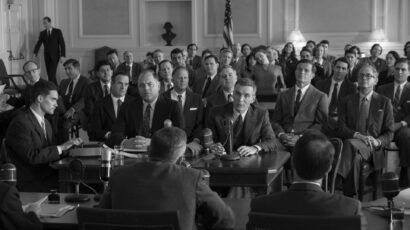



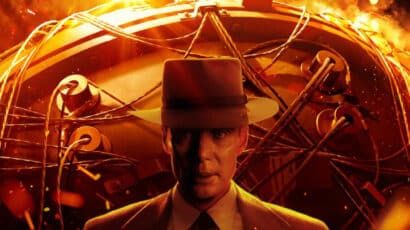
















“…left in the hands of fallible men”, here in lays the dilemma. If this wasn’t the case, the conditions that lead to the creation of the bomb and other ‘weapons of mass destruction’, would never have arisen. In other words, the human species hasn’t evolved to the point of being able to maintain it’s long term survival in the face of its own ‘hubris'(?). Our large-brain survival mechanism has allowed us to over-populate, and simultaneously create ‘weapons of mass destruction’–while our primal need to protect our resource bases against other tribal entities, urges us on to warfare. The issue isn’t… Read more »